Welcome to this article, which is an in-depth guide to a corrugation plant, and you’ll find some helpful tips along the way! Thank you for taking the time to read this information.
1. What is a corrugation plant?
By processing corrugated sticks, corrugated paper is formed by combining liner paper and corrugated paper. Corrugated board is generally divided into two types: single corrugated board and double corrugated board. According to the size of the corrugated board, it is divided into A, B, C, E, and F five types. It has the advantages of low cost, lightweight, easy processing, high strength, excellent printing adaptability, and convenient storage and transportation. More than 80% of corrugated paper can be recycled. Corrugated paper can be used as packaging for food, which is relatively environmentally friendly. It is widely used. The corrugation plant is a factory that produces corrugated cartons. It is called a corrugated corrugation plant. To put it simply, it is actually a corrugation plant.
2. What are the main materials and energy used in corrugation plants?
There are some materials and energy below:
- Containerboard (liner board, corrugated base paper)
- Adhesive for bonding (starch=corn starch, caustic soda, borax/boric acid)
- Printing ink (flexo printing ink, quick-drying ink, OP varnish)
- Seam glue (vinyl acetate emulsion glue)
- Energy (electricity, gas/heavy oil/kerosene, water)
- Boiler deoxidizer and neutralizer
- Bundling materials (PP tape, stretch film, packing wire, etc.)
- Other materials (water treatment agent, lubricating oil, paint)
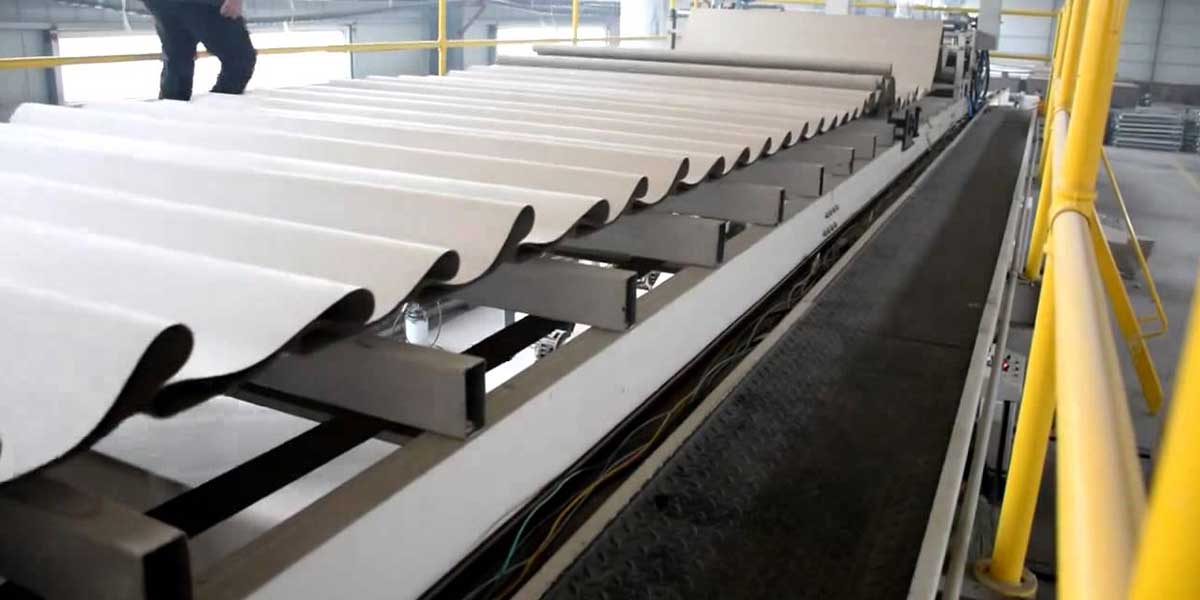
3. What printing methods does the corrugation plant have?
As far as corrugated paper printing is concerned, there is no special printing method, and embossing, gravure printing, and offset printing are the main printing methods.
1) Letterpress
In the embossing process of beer boxes, the lining paper is sent to the flexo printing machine for printing before corrugated shape processing, and then it is bonded with the corrugated core and another lining paper to become a corrugated packaging material. Corrugated paper, whether it is rotary printing or sheet-fed printing, uses a letterpress made of resin material. Flexographic printing using water-based ink is a very effective printing method that can print accurately and at high speed regardless of the smoothness of the backing paper used for corrugated production. In addition, the opacity of flexo printing ink is good, and it can be printed in bright colors on kraft base paper used in the production of inter-flute paper.
In the plate-making process of resin letterpress used in the past, the cleaning process using organic solvents was indispensable. Later, some plates that considered environmental coordination were used from the plate-making process, such as plates that can be used only by washing with water; Plates that can be used after development;
2) Gravure
Although it is the “photogravure” gravure in the gravure printing method, the paper gravure printing machine is different from the flexible packaging gravure printing machine, and it needs to apply To transfer ink, a large printing pressure is required. Therefore, the printing plate cylinder and the impression cylinder are large. It is heavy and is a printing method for high-volume products. Because gravure printing differs from flexo printing, the printing paper must be smooth. Gravure printing with a large amount of ink applied is a printing method that is highly evaluated for deep printing compared with offset printing and flexo printing. In order to respond to environmental measures to limit VOC emissions, it may be considered to correspond to water-based gravure printing.
3) Lithograph
Corrugated paper (3) The so-called offset printing is offset printing. When it comes to offsetting printing of corrugated paper, the past process is generally to first perform offset printing on cardboard, etc., and then laminate it with single-sided corrugated paper. In 2000, due to the widespread use of G-type corrugated paper, very thin G-type corrugated paper can be directly printed on offset printing machines. Compared with the process of printing on cardboard and then laminating with single-sided corrugated, this direct offset printing process can reduce the number of processes, so theoretically it has advantages in terms of delivery time and cost, but the greater advantage lies in G-type corrugated Offset printing can be done directly, which can greatly reduce the amount of paper used. The reduction of energy consumption during production becomes the reduction of cost and CO2 emission; the reduction of transportation energy consumption is associated with the reduction of transportation fees and the reduction of CO2 emission. Air transport is often used to transport digital cameras and other products. Assuming that they are to be transported to New York and the packaging is reduced by 10g, air transport can reduce 152.9g of CO2 emissions. Ultra-thin micro-corrugated packaging such as G type has high strength, thin thickness, small volume, and exquisite printing. As packaging that harmonizes with the environment, it will attract more attention in the future. 
4. What products does the corrugation plant produce? What are their uses?
There are some products below:
1) Cardboard
The corrugating factory glues the surface paper, lining paper, core paper, and the corrugated paper processed into corrugated paper into a medium board. Depending on the packaging requirements, corrugated cardboard can be processed into single-sided corrugated cardboard, three-layer corrugated cardboard, five-layer corrugated cardboard, seven-layer corrugated cardboard, eleven-layer corrugated cardboard, and others.
Corrugated cardboard is generally used as a lining for commodity packaging or to make lightweight card grids and pads that protect products from vibration or impact storage and transportation.
Corrugated boxes are made from three-layer and five-layer cardboard. The packaging of many commodities is simple and exquisitely packaged by three or five layers of corrugated cardboard, and beautiful and colorful graphics and pictures are printed on the surface of corrugated boxes or corrugated boxes, which not only protects the inner goods but also publicizes and beautifies the inner goods. commodity. Many corrugated cartons or corrugated boxes made of three-layer or five-layer corrugated cardboard have been directly on the sales counter and become sales packaging.
Packaging boxes for electromechanical, flue-cured tobacco, and large household appliances are usually made from seven-layer or eleven-layer corrugated cardboard. In a specific commodity, the inner and outer boxes can be made of this combination of corrugated cardboard, which is convenient for the production and convenient for storage, storage, and transportation of the commodity. With the need for environmental protection and the requirements of relevant national policies, commodity packaging made of corrugated cardboard has a tendency to gradually replace wooden box packaging.
2) Carton
Corrugated factories will further make corrugated cardboard into cartons, which are also the most widely used paper container packaging and are widely used in transportation packaging. The reason why corrugated boxes are widely used is that it has many unique advantages:
① Good cushioning performance. ② Lightweight and firm. ③ Small size. ④ Sufficient raw materials and low cost. ⑤ Facilitate automatic production. ⑥ low cost of packaging operations. ⑦Can pack a variety of items. ⑧ Less metal consumption. ⑨Good printing performance. ⑩ Can be recycled and reused.
3) Composite Board
A corrugated composite board is a new type of material that saves resources, protects the ecological environment, and is relatively low in cost. Technological Achievements. The finished products are light in weight, high in strength, non-deformable, good in rigidity, strong in cushioning performance, good in sound insulation and heat insulation, and can be flame-retardant, moisture-proof, and waterproof after proper treatment. Paper and old corrugated boxes are used as raw materials for production, so the source of raw materials is wide and sufficient.
The finished product can be recycled and remanufactured after use, which meets the environmental protection requirements of resource recycling and has a very wide application prospect. Corrugated composite boards can be made into packaging boxes and pads for various precision instruments, electromechanical equipment, household appliances, ceramic products, etc., and can also be made into trays, cushion pads, and aviation turnover boxes of various specifications; corrugated paper is used in building materials Composite panels can be used to make lightweight partition walls, sound insulation panels, temperature In addition to insulation panels, furniture, and export disposable beach dining tables, it can also be used to produce disposable cremation coffins.
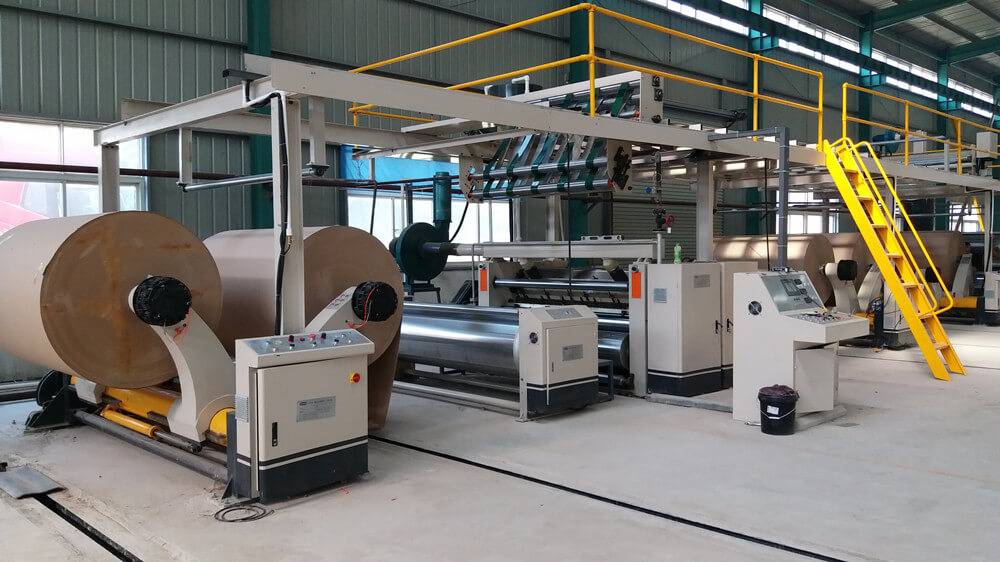
5. What equipment is needed to open a corrugation plant?
The required equipment is as follows:
There must be an ink printing slotting machine or an ink printing die-cutting machine, which can be manual, semi-automatic, or fully automatic. The cost of a fully automatic front-edge high-speed ink printing slotting machine is relatively high, so it is not recommended for new manufacturers to buy. Considering the capital cost of the enterprise, it is recommended to purchase a manual chain printing slotting machine. Taking the two-color printing slotting machine as an example, the 1400*2800 is the standard, and the purchase price is about 9w.
The carton forming equipment needs a nail box machine or a box gluer, which is also divided into manual, semi-automatic, and fully automatic. The price of the manual nail box machine is the cheapest, and the price of the 1200 type is 4000. The quotations of different carton equipment manufacturers are slightly different, and the cost of the box gluer is relatively high. If there is no box gluer required in the order, it is not considered to buy for the time being.
Other auxiliary equipment:
Cardboard entering the factory is cut into the required size using paper separators or thin-knife machines. These two devices have the same function, but the precision paper separation effect is different. If you want to save costs, you can consider buying a paper separator; Flat creasing machine (beer machine, slot machine): It is used to produce cartons of different sexes, and cartons with relatively high processing precision.
Packing machine: After the cartons are formed, they are packed in bundles for easy transportation and stacking. There is still a lot of equipment: equipment such as a wire touching machine, stacking machine, and laminating machine are not needed for the time being, and it is not recommended to buy. The newly opened third-level carton factory needs to purchase equipment: one printing machine, one paper separating machine, one nailing machine or gluer, and one packing machine.
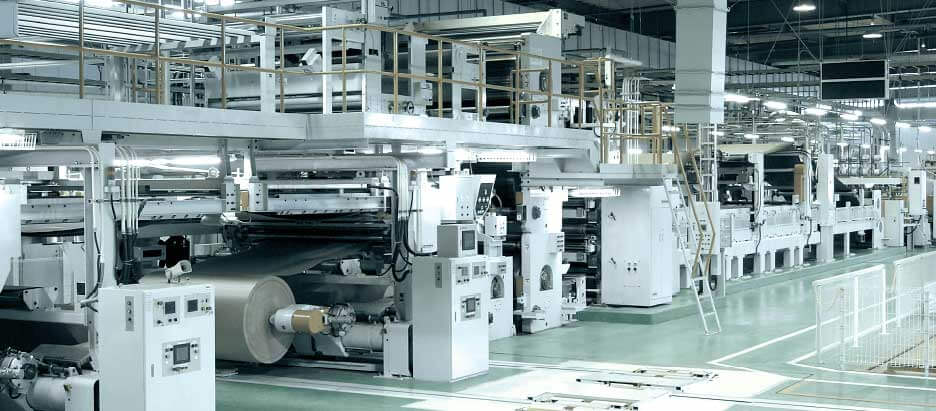
6. How much capital is needed to invest in a corrugation plant?
There are some tips below:
1) Investing amounts vary from person to person
Because the amount of capital required to invest in a corrugation plant is related to the size of the corrugation plant, factory rent, equipment investment, and other factors. Generally speaking, if the equipment is second-hand and the factory is located in a place where the rent is cheap, a small corrugating factory needs at least 30,000 to 50,000 RMB for the cost of purchasing the machine as the basic capital. In terms of machinery, it includes paper separators, printing machines, corner cutting, and slotting machines, and nailing machines.
If there are beer boxes, a beer machine should be added. If you want to buy second-hand equipment, you need to ask a knowledgeable person to help. The start-up capital of a tertiary factory is generally about 200,000 yuan, including the purchase of equipment, factory lease (except for self-built funds), and working capital. Generally, the profit of cartons is about 20%.
2) Factory building area
Single-story, without messy pillars or walls inside, the factory area of 300-600 square meters can meet the needs, and the business is getting bigger, you can find a bigger factory. This is mainly used to stack raw materials, finished products, and production land.
3) Number of employees
With one printing machine master, one paper feeding master, one nail box master, and one packing master, a total of 4 people can meet the production task requirements.
There must be good technical workers, because skilled technical workers, especially printing masters, can not only improve work efficiency, and fast reading of the plate, but the most important thing is the printing quality. According to my cooperation and exchanges with many corrugated factories: if you are not in When you are 100% sure about the business, please get some business first, and then decide to open the factory. In addition, there must be working capital, because not every manufacturer remits money very quickly.
From the perspective of general corrugation plant development:
At the beginning of the corrugating factory, customers were found based on price. They need to cultivate customers slowly and stabilize customers with a good service attitude and stable quality. After the technology and business are stabilized, customers can be screened. The main supply is large, single variety, Customers who remit money in a timely manner will be left with priority supply, while customers who do not return their money in time and those who have little demand and complicated styles will gradually move to the back row or even give up.

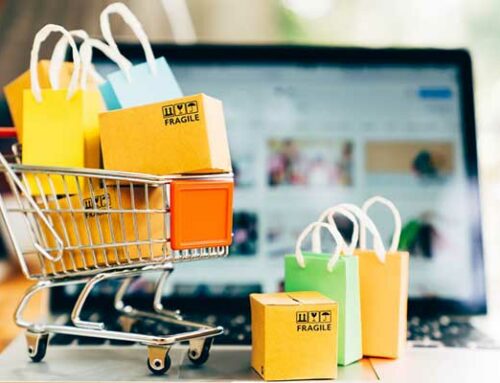
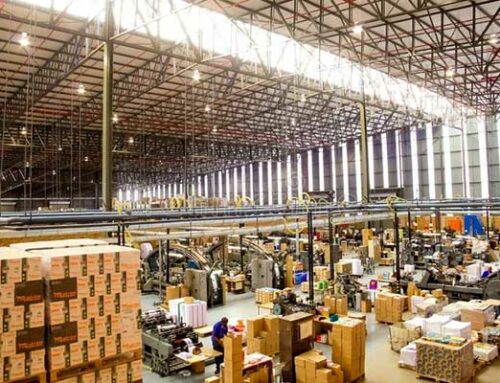
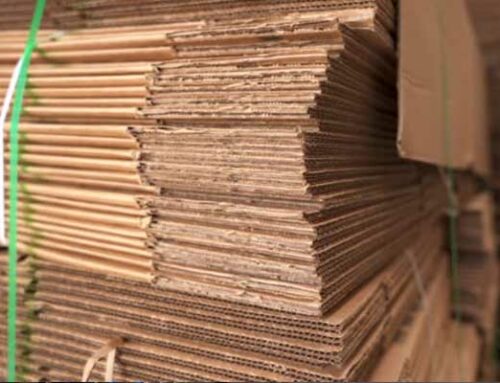
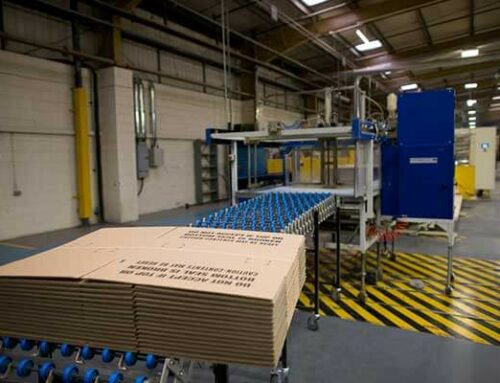
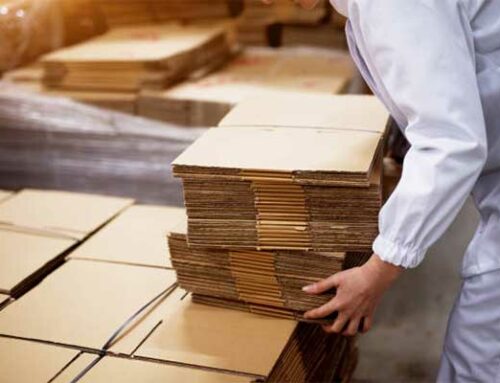
Leave A Comment